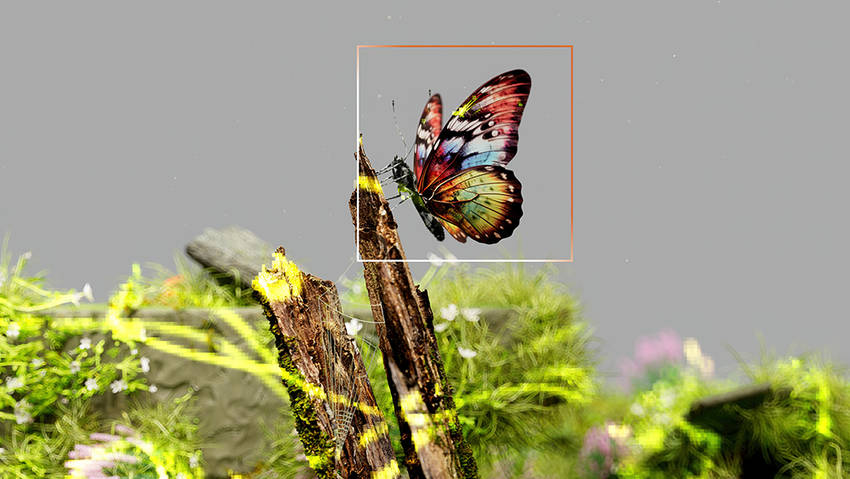Deepfakes: Explained
8月
29日
How It Works
There are two ways to create a deepfake. The first way is specific to creating deepfake images and videos through a face swap. With this method, developers use an encoder to run thousands of face shots of two people. The encoder then reduces them to their shared common features and compresses the images. Developers then add two decoders to the process, with one recovering one face and the second recovering the other face from the compressed images. The face swap occurs when the developer feeds the encoded images into the wrong decoder. This means that the decoder trained on person B’s face gets fed person A’s compressed image and vice versa. But for it to result in a convincing video, developers need to do this for every frame.
The other way developers can create deepfakes involves using a generative adversarial network (Gan). A Gan pits two AI algorithms, a generator and a discriminator, against each other. With the generator, developers feed it random noise and it turns into a synthetic image, which developers will then feed into the discriminator, made up of a stream of images of real things like celebrities’ faces. After repeating this process multiple times, the discriminator and generator will improve over time with performance feedback. Eventually, it’ll result in very realistic images of nonexistent people.
Deepfake Use Cases
While the technology initially caused concern for malicious uses like putting harmful words in important political figures’ mouths, there are other completely innocent uses for them. Some other examples include, but are not limited to:
- Restoring people’s voices when they lose them to disease with voice-cloning deepfakes.
- Enlivening museums and art exhibits.
- Dubbing foreign-language films.
- Providing personalized responses to caller requests for receptionist services and/or simple customer phone support services.
- Manipulating actors’ voices for specific scenes in post-production.
|
Pacific Software Publishing, Inc. 1404 140th Place N.E., Bellevue, WA 98007 |
| PSPINC Creates Tools For Your Business |
| Pacific Software Publishing, Inc. is headquartered in Bellevue, Washington and provides domain, web, and email hosting to more than 40,000 companies of all sizes around the world. We design and develop our own software and are committed to helping businesses of all sizes grow and thrive online. For more information you can contact us at 800-232-3989, by email at info@pspinc.com or visit us online at https://www.pspinc.com. |



















